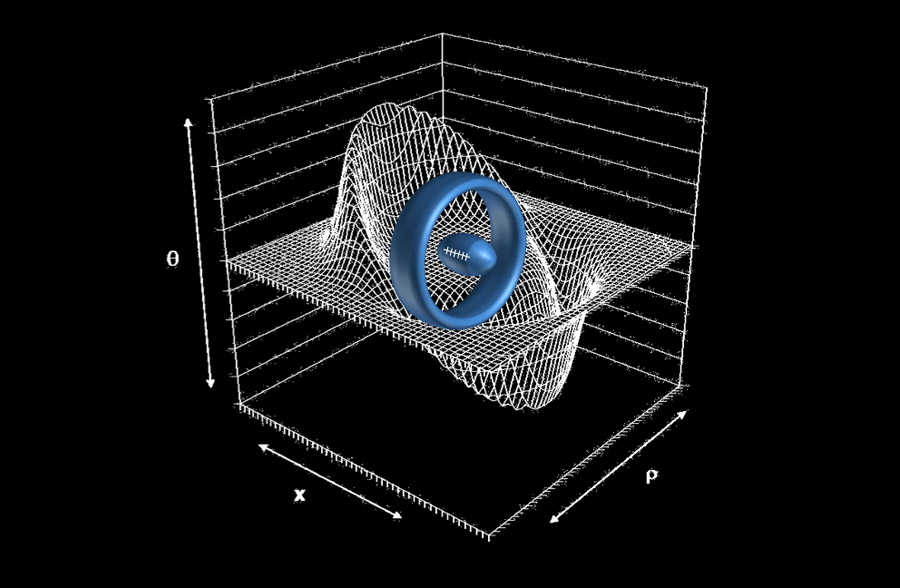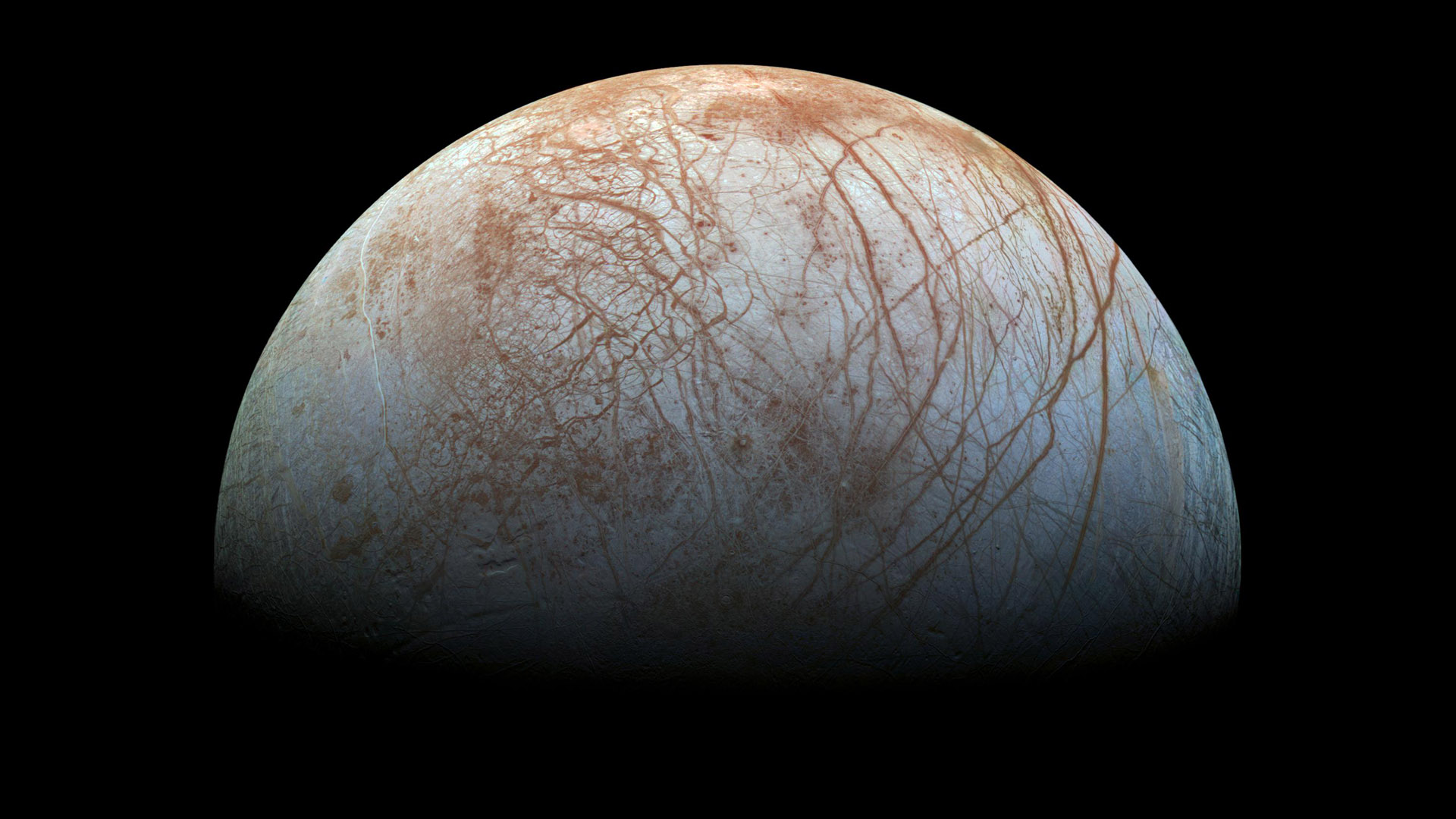
Interstellar Spaceflight Conference Launches Monday

Scientists, engineers and exploration advocates will gather in central California this week to help plan out humanity's journey to the stars.
The action is happening in Monterey Monday through Wednesday (Aug. 7 through Aug. 9), at a conference called Starship Congress 2017.
"Our question for Starship Congress 2017 is what role the moon can play to catalyze humankind's venturing forth to explore interstellarly," conference organizers wrote in a description of the event. "Furthermore, this year's theme builds on a key take-away from the Starship Congress 2015 summit at Drexel University: In order to make interstellar space exploration interesting to everyone, what must we do to make space accessible for everybody?"
The speakers include physicist Miguel Alcubierre, who in 1994 proposed a type of real-life warp drive that could theoretically enable faster-than-light travel without breaking the laws of physics; planetary scientist Franck Marchis; scientist and sci-fi author David Brin; and Richard Obousy, co-founder and director of Icarus Interstellar, a nonprofit dedicated to helping make interstellar flight a reality by 2100. (Icarus Interstellar is organizing the conference.)
To learn more about Starship Congress 2017, visit the conference page here: https://www.eventbrite.com/e/starship-congress-2017-tickets-33352347770
Space.com's Mike Wall will be in attendance, keeping tabs on the most exciting developments.
Follow Mike Wall on Twitter @michaeldwall and Google+. Follow us @Spacedotcom, Facebook or Google+. Originally published on Space.com.
Breaking space news, the latest updates on rocket launches, skywatching events and more!
Join our Space Forums to keep talking space on the latest missions, night sky and more! And if you have a news tip, correction or comment, let us know at: community@space.com.

Michael Wall is a Senior Space Writer with Space.com and joined the team in 2010. He primarily covers exoplanets, spaceflight and military space, but has been known to dabble in the space art beat. His book about the search for alien life, "Out There," was published on Nov. 13, 2018. Before becoming a science writer, Michael worked as a herpetologist and wildlife biologist. He has a Ph.D. in evolutionary biology from the University of Sydney, Australia, a bachelor's degree from the University of Arizona, and a graduate certificate in science writing from the University of California, Santa Cruz. To find out what his latest project is, you can follow Michael on Twitter.
